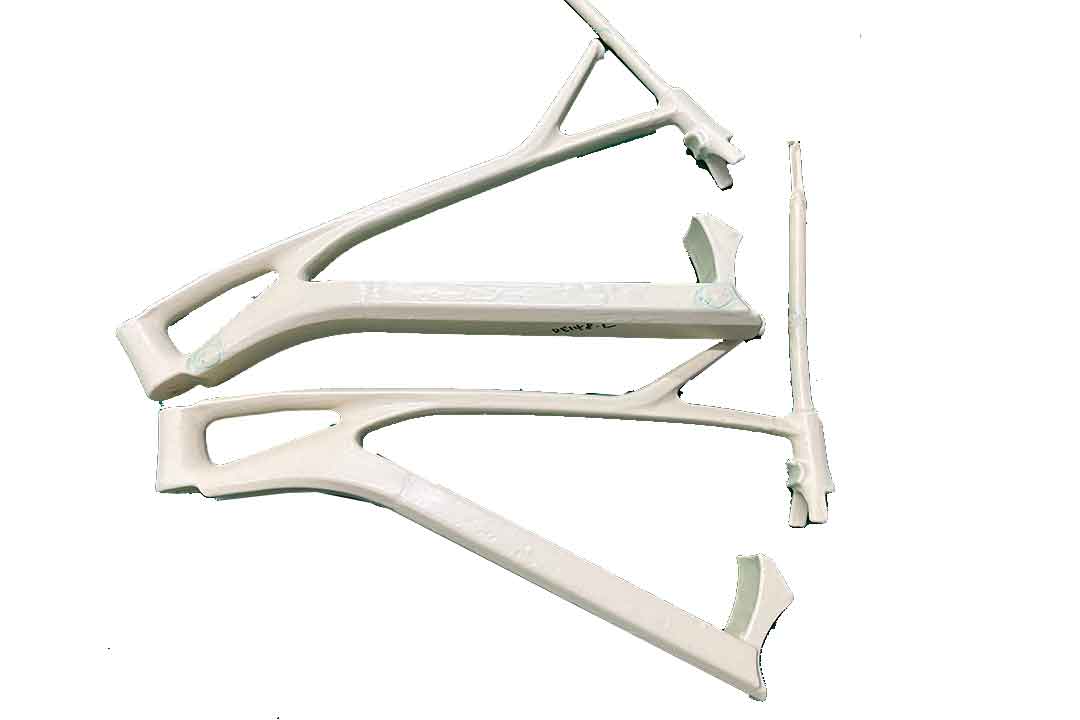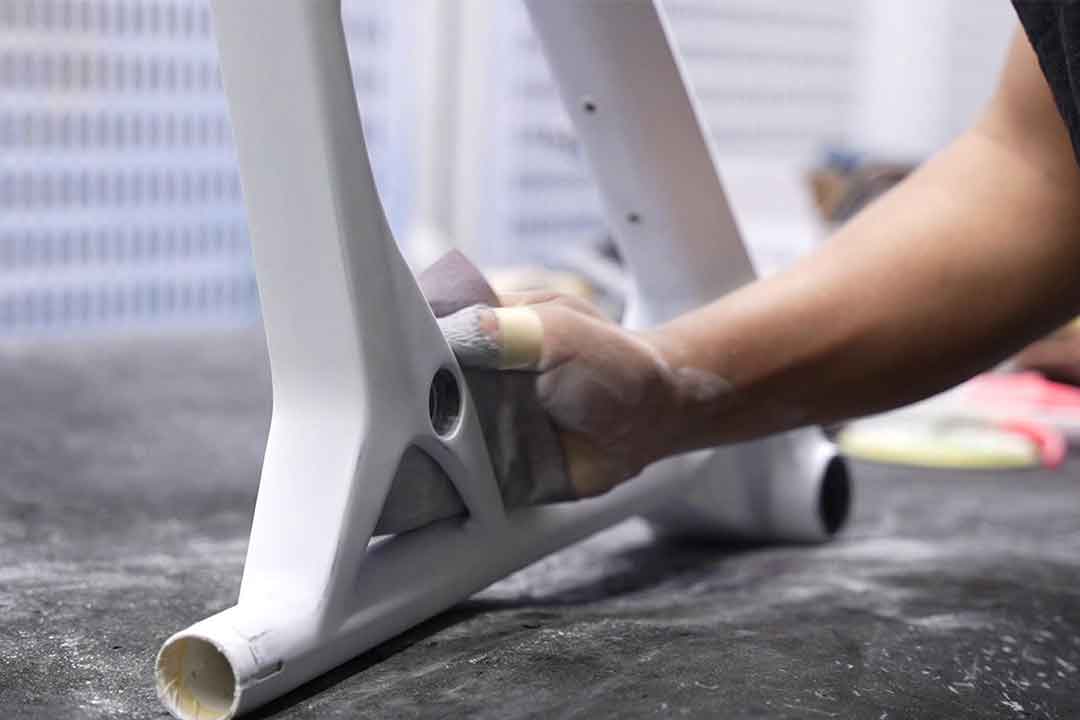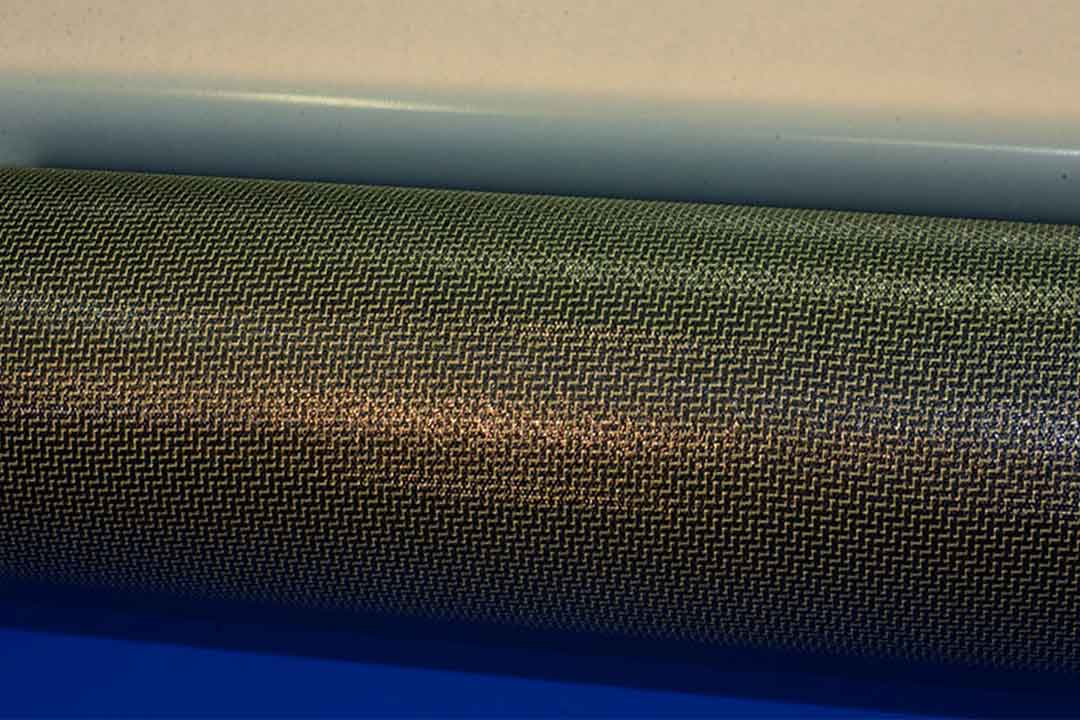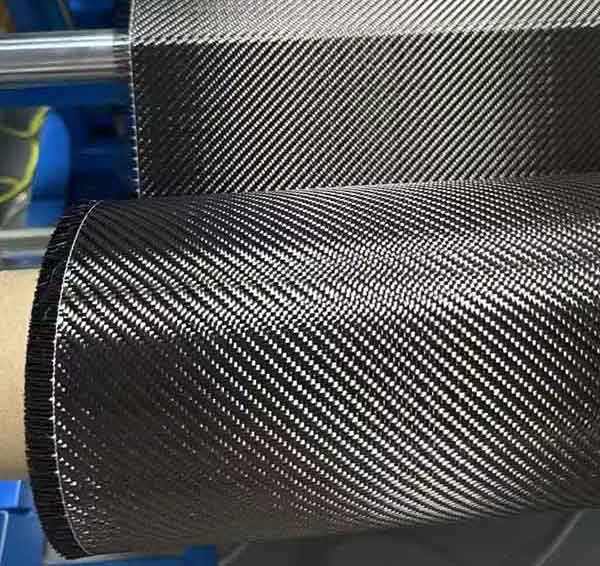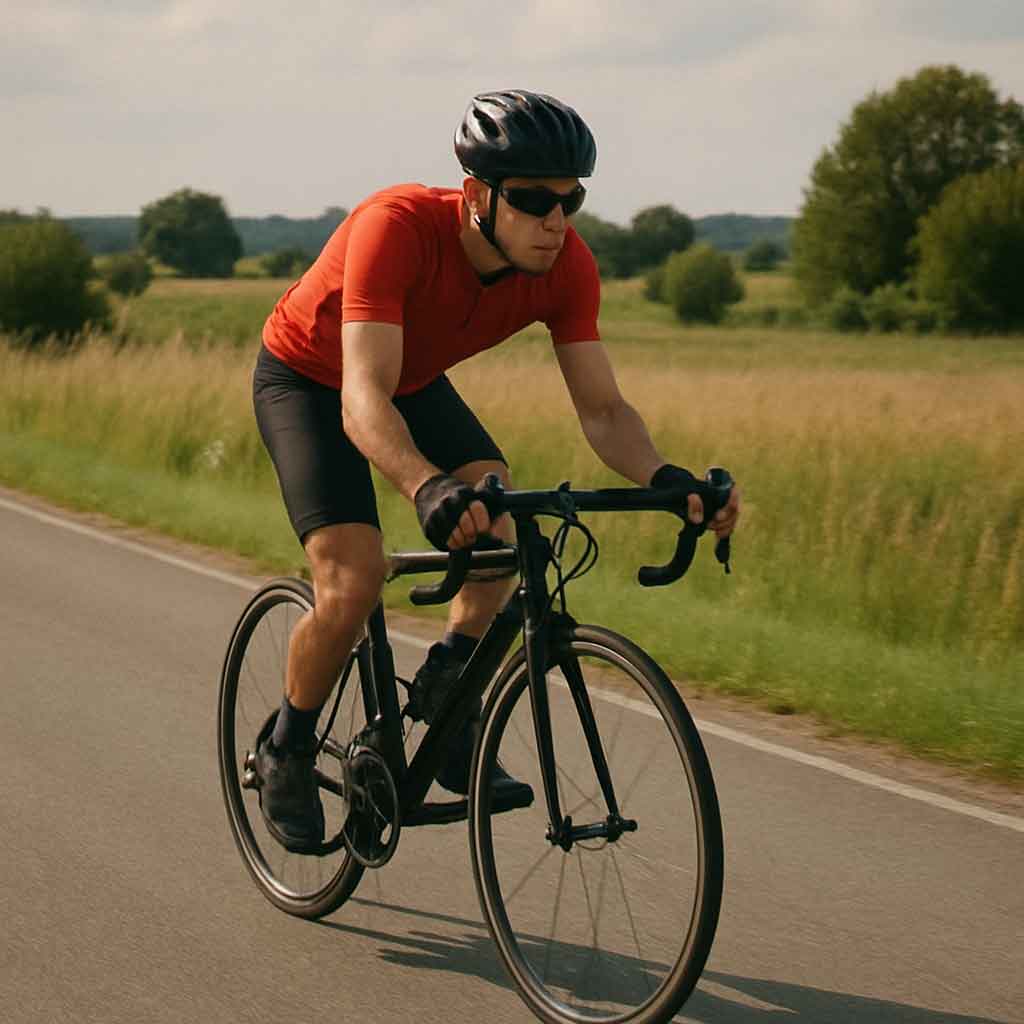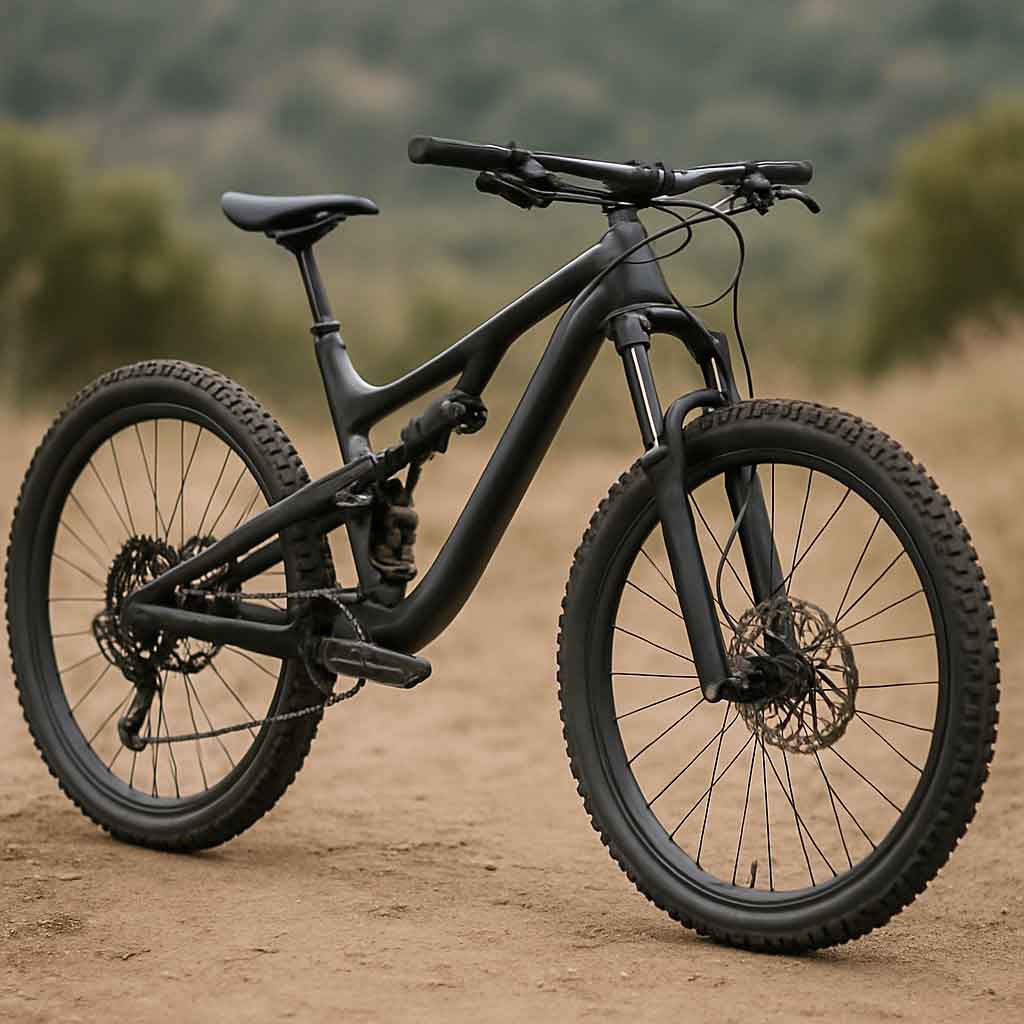Welcome to Mondince Bike - A well-known factory specialized in produce carbon bike frame and other parts since 2007.
Tips for Adjusting Your Bicycle Seat Post
Before diving into adjustments, it's vital to understand the components and types of bicycle seat posts. The seat post, also known as the saddle tube bike, connects the saddle to the bike frame, allowing you to adjust the saddle's height and angle. There are several types of seat posts, each designed for specific riding styles and preferences.
The seat post is a critical component of your bike that deserves closer inspection. It consists of a tube that fits into the bike frame, a clamp that holds the saddle in place, and sometimes, a head that allows for angle adjustments. Understanding these parts can help you make more informed adjustments. The tube's diameter and length are essential factors, as they must be compatible with your bike frame.
Seat posts come in a variety of materials, each offering different benefits. Aluminum is lightweight and affordable, making it a popular choice for casual riders. Carbon fiber is even lighter and provides excellent vibration dampening, ideal for competitive cyclists. Steel is durable and offers a traditional feel, while titanium combines strength with a light weight, albeit at a higher cost. Choosing the right material depends on your riding style and budget.
A properly sized seat post ensures optimal performance and comfort. The diameter must match the seat tube of your bike frame precisely; otherwise, you'll experience slipping or difficulty securing the seat post. The length of the seat post is also crucial, as it determines how much adjustment you have for height. Always check your bike's specifications or consult with a professional to ensure a perfect fit.
Getting the right seat post adjustment involves setting the correct height, angle, and position. Here's how you can achieve the perfect setup.
The seat post height affects your pedaling efficiency and comfort. A properly adjusted height ensures that your legs can extend fully while pedaling without overextending, which can prevent knee pain.
- Initial Setup: Start by loosening the seat post clamp using an Allen wrench. Adjust the seat post so that when you sit on the saddle, your heel can touch the pedal at its lowest point with a slight bend in the knee. This position promotes efficient energy transfer during pedaling.
- Fine-Tuning: Test ride your bike. If your hips rock side to side, the seat post is too high, causing undue strain on your body. If your knee is overly bent at the bottom of the pedal stroke, it's too low, leading to potential joint stress. Adjust accordingly, making small increments to find the sweet spot.
- Optimal Height Indicators: Listen to your body for signs of discomfort, which can indicate incorrect height settings. Over time, your riding style may change, necessitating further adjustments. Regularly reassess your seat post height, especially if you experience new discomfort or change footwear.
The angle of the seat post can influence comfort, especially on longer rides. Most riders prefer a level saddle, but small adjustments can be made based on personal preference.
- Level the Saddle: Use a spirit level to ensure that your saddle is perfectly horizontal. This is a good starting point for most riders, providing a balanced posture that reduces the risk of sliding forward or backward during rides.
- Test and Adjust: If you experience discomfort, try tilting the saddle slightly up or down. Remember, small changes can make a big difference. A forward tilt might relieve pressure on sensitive areas, while a backward tilt can offer more support.
- Personal Preference: Factor in your unique riding style and body mechanics. Some riders may prefer a slightly nose-up saddle for climbing, while others might opt for nose-down on descents. Experiment with minor adjustments to discover what feels right for you.
The fore-aft position of the seat post impacts your reach to the handlebars and overall bike fit.
- Neutral Position: Start with the saddle positioned in the center of the rails. This is typically the default setting, allowing for balanced weight distribution and efficient power transfer.
- Test Ride: Ride the bike and see how it feels. If you feel too stretched out or cramped, adjust the saddle forward or backward slightly. Your position affects your ability to control the bike and maintain comfort over long distances.
- Fine-Tuning Reach and Comfort: Consider how changes in seat post position affect your reach to the handlebars and pedaling efficiency. Adjustments might be necessary if you change handlebars or other components that alter your riding posture.
Different types of seat posts, such as suspension or dropper posts, may require specific adjustments.
Suspension seat posts are designed to provide additional comfort by absorbing shocks. Here's how to adjust them:
- Preload Adjustment: Many suspension seat posts allow you to adjust the preload, which determines how much force is needed to compress the suspension. Use a wrench to adjust the preload dial according to your weight and preference, ensuring a smooth and comfortable ride over rough terrain.
- Maintenance: Regularly clean and lubricate the moving parts to ensure smooth operation. Dirt and grime can impede the suspension's effectiveness, so keeping it clean is essential for maintaining performance.
- Riding Style Considerations: Consider your typical riding terrain and style when adjusting suspension settings. A more aggressive preload might be beneficial for technical trails, while a softer setting could enhance comfort on leisurely rides.
Dropper seat posts require careful setup to function effectively:
- Cable Tension: Ensure the cable tension is correct, as it affects the dropper's responsiveness. Adjust the barrel adjuster as needed to ensure smooth operation and quick height changes when required.
- Post Height: Set the highest and lowest positions to suit your riding style. Test the dropper post on a trail to ensure it transitions smoothly, allowing you to adapt quickly to changing terrain.
- Trail Testing: Spend time on varied trails to understand how your dropper post adjustments affect your riding. Fine-tune the settings based on real-world performance, ensuring you have confidence in your seat adjustments during rides.
Even with proper adjustments, you might encounter some issues with your seat post. Here are common problems and solutions:
- Check Clamp Tightness: Ensure the seat post clamp is tightened adequately. Avoid over-tightening, which can damage the post, but ensure it's secure enough to prevent slipping during rides.
- Use Carbon Paste: For carbon seat posts, apply carbon assembly paste to increase friction and prevent slipping. This paste is specially designed to enhance grip without damaging the carbon fiber.
- Regular Inspections: Periodically check the clamp and seat post for signs of wear or loosening. Consistent maintenance can prevent slippage and ensure a reliable ride.
- Lubricate: Apply grease to the seat post and inside the seat tube to eliminate squeaks. Noises can be distracting and indicate friction that could lead to wear over time.
- Check Components: Ensure all bolts and components are tightened to the correct torque specifications. Loose parts can lead to noise and potential safety issues if not addressed.
- Detect Source of Noise: Investigate the exact location of the noise. It might not always be the seat post; sometimes, adjacent components like the saddle or frame connections can be the culprits.
- Inspect for Damage: Check the seat post and clamp for any signs of damage or wear. Replace if necessary to ensure safe and effective adjustments.
- Clean and Lubricate: Regular maintenance, including cleaning and lubrication, can prevent adjustment difficulties. A clean, well-lubricated seat post will move more freely and be easier to adjust.
- Consult a Professional: If you encounter persistent issues, seek advice from a bike mechanic. Professional insights can help resolve complex problems that DIY efforts might not address.
Adjusting your bicycle seat post is a crucial aspect of bike maintenance that can enhance your riding experience significantly. Whether you're using a standard, suspension, or dropper seat post, following these tips will ensure a comfortable and efficient ride. Regular adjustments and maintenance will not only improve comfort but also extend the life of your seat post and saddle. Happy cycling!



